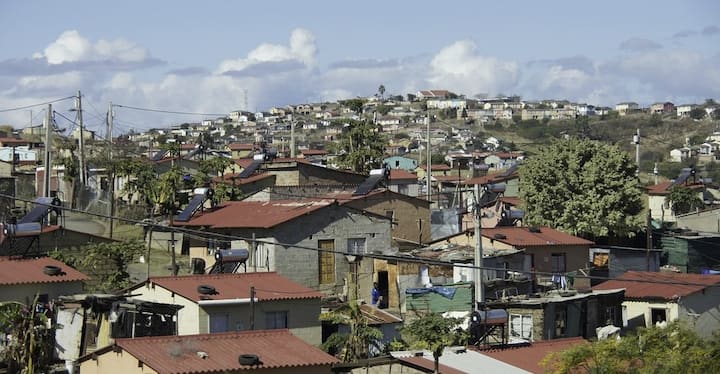
Top 10 Biggest Slums in Africa
Kenya is home to one of the biggest slums Africa and the world, with most of them found in Nairobi, the country’s capital. A slum, according to UN-Habitat, is an overcrowded urban residential neighborhood in a city that is associated with a lack of tenure security to prevent forced evictions, vice, and subpar housing. Slums are places that lack access to sanitary facilities and clean, safe water.
According to UN-Habitat analyses, Sub-Saharan Africa has some of the worst slum conditions worldwide, with the majority of them experiencing at least two housing shortages. What are Africa’s largest slums then?
According to information gathered by the UN in 2012, Sub-Saharan Africa had the greatest percentage of urban residents living in slums in the world (62%), while North Africa had the lowest (13%). The slums of former French colonial cities in Africa are known as Bidonvilles, though most people call them shanties.
Over the past ten years, several organizations have worked harder to improve the living conditions of slum dwellers. But for a variety of reasons, including rapid rural-urban mobility, inadequate planning, and the informal sector, those initiatives have been disjointed and ineffective.
List of the biggest slums in Africa
This list shows the biggest slums in Africa and their estimated population.
1. Kibera (Kenya) – 700,000
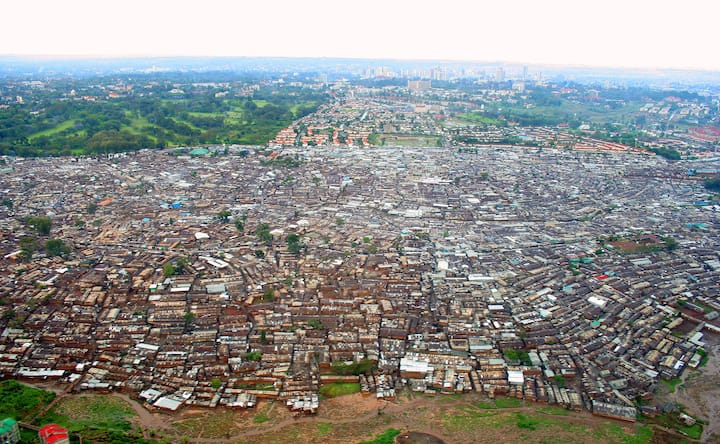
The largest slum in Africa, Kibera is home to an estimated 700,000 inhabitants. It lies 6.6 kilometers from Nairobi’s city center and is characterized by a high unemployment rate, extreme poverty, where most people make less than $1 a day, and instability.
The largest slum in Kenya, Kibera, has few schools, little access to clean water, and residents are plagued by a variety of illnesses brought on by inadequate sanitation and a shortage of bathrooms. Due to unemployment, many young people in Kibera participate in sports, while others look for unpaid work in the unregulated economy.
2. Mathare (Kenya) – 500,000
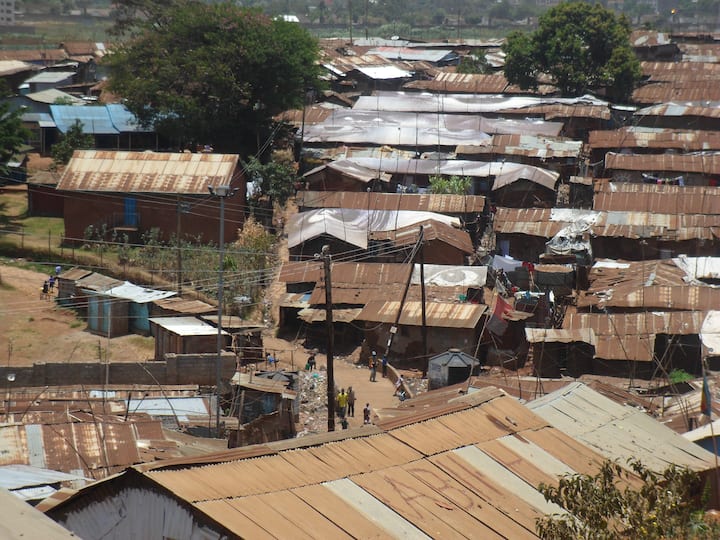
The fact that Mathare is a conglomeration of numerous unofficial colonies in Kenya’s capital city makes it one of the largest slums in Africa. The New York Times estimates that there are 500,000 people living in the region.
Over the years, Mathare Valley, one of the oldest slums in Mathare, has faced numerous health and social issues, including cholera epidemics and instability. Additionally, access to sanitary facilities and clean drinking water has been made challenging by poor planning.
3. Ajegunle (Nigeria)- 500,000
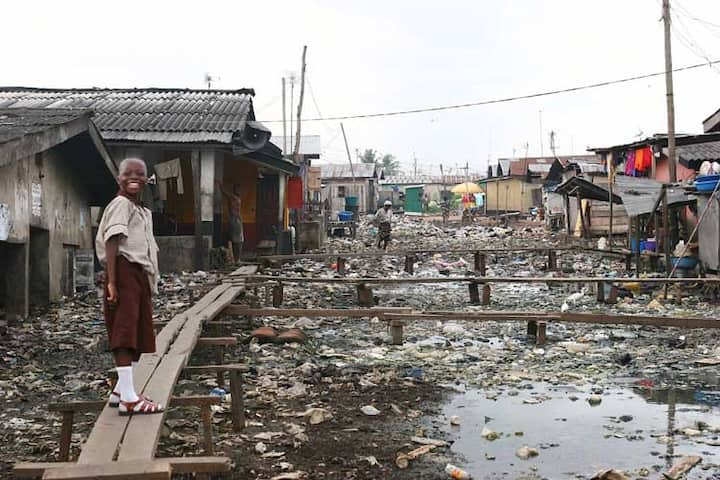
The biggest slum in Lagos, Nigeria, is called Ajegunle and is an unincorporated community. The place is described by the residents as a jungle metropolis and as swimming in a pool of neglect. In 1995, the area had a baseline population of 156,000 people.
The Local Planning Authority anticipated a population of 500,000 in 2006. Ajegunle, a neighborhood in Lagos, is infamous for its crime, extreme poverty, and substandard housing. It is among the worst and most oppressive ghettos in the nation. However, “where riches dwells” is also the birthplace of football and music icons like Daddy Showkey and Taribo West.
4. Shomolu (Nigeria)– 400,000
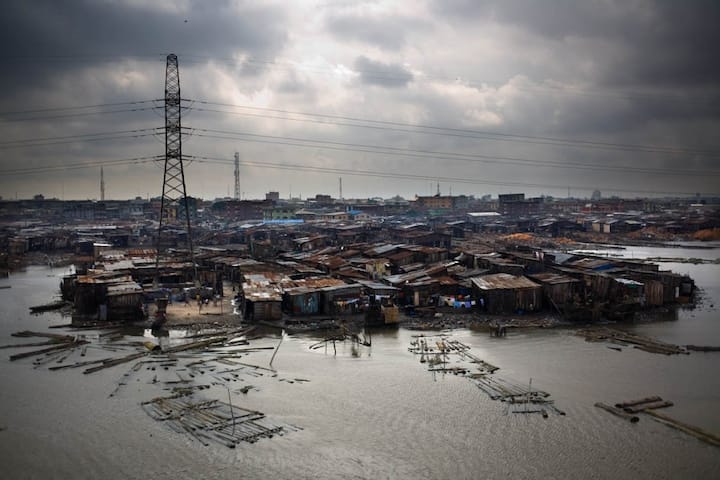
South-western Nigerian state of Lagos is home to the town of Shomolu or Somolu. According to Britannica, there are 402,673 people living in the region. Somolu, a residential neighborhood in Lagos, deals with issues such inadequate housing, overcrowding, and poor sanitation.
Ten of the largest sports stadiums ever constructed in Africa Even though the locals work in industries like printing and leather crafts, many of them are impoverished. It is also difficult for them to go to social facilities like hospitals and schools due to a lack of infrastructure.
Read Top Ten Richest Tribes in Kenya.
5. Khayelitsha (South Africa) – 400,000
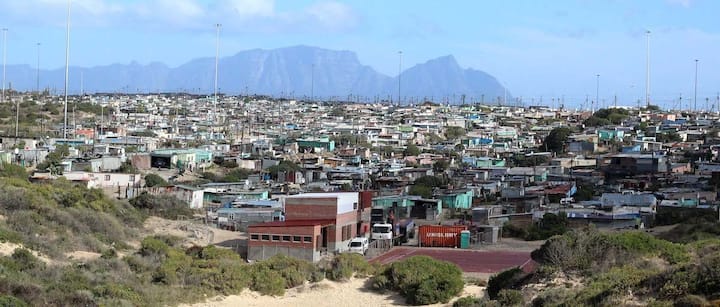
Khayelitsha is one of many South Africa slums with an estimated population of 400,000 people. The partially-informal township located in Cape Town is also one of the fastest-growing townships in the country. Like many other shanties in the world, residents here lack ample water, toilets, employment, and security.
Over the years, the government of South Africa has brought about many developments in the area. Some include the construction of brick housing, schools, and creating a central business district. But because of high levels of unemployment and insecurity, the quality of life has not improved for many residents.
6. Cazenga (Angola)– 400,000
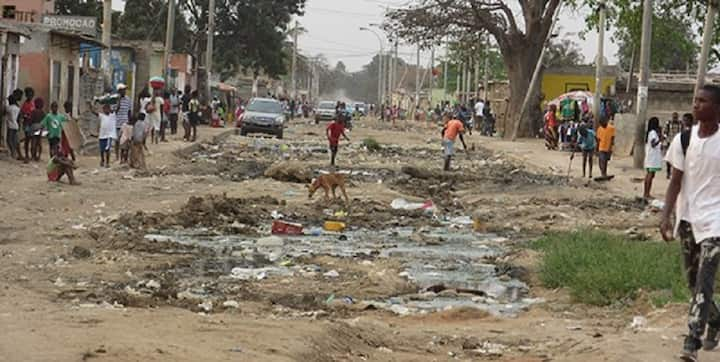
One of the numerous impoverished slums in Africa, Cazenga is the municipality with the highest population density in the province of Luanda, Angola. The region has 880,369 residents, according to the results of the 2014 census. Over 400,000 people live in slums because it is a big region that is 37 square kilometers in size.
Fewer tarmac roads exist in Cazenga, and some residents live without power. People are more susceptible to cholera and other infections because of the area’s poor condition.
The Angolan government has recently intensified preparations to build high-quality apartment buildings in place of the shanties. Although the project’s earliest stages appear promising, Cazenga is still in a good location and its population hasn’t yet decreased.
7. Makoko (Nigeria)– 300,000
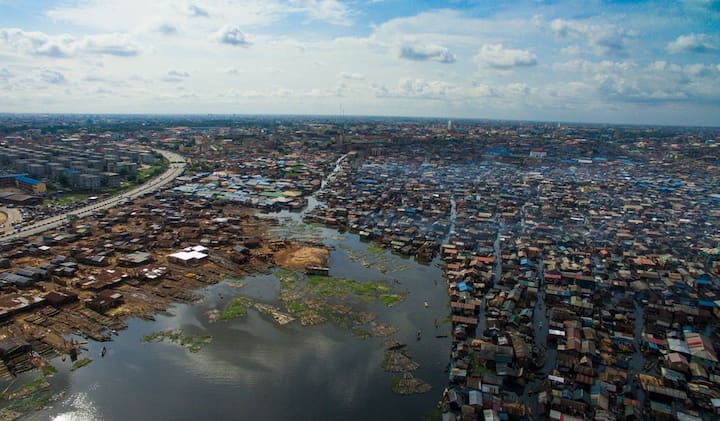
One of the biggest slums in Nigeria is Makoko. Makoko is one of the worst slums in the world, despite not being the biggest. It is an area distinguished by wooden shacks perched on stilts in a lagoon that is heavily polluted. Many locals choose to live in canoes because they lack access to adequate homes.
Fishing is the main source of employment for more than 300,000 people. They lack access to clean water, educational institutions, power, and healthcare facilities because the majority of them reside in improvised structures made of waste wood and scraps that are placed on stilts.
8. Alexandra, Gauteng (South Africa)– 200,000
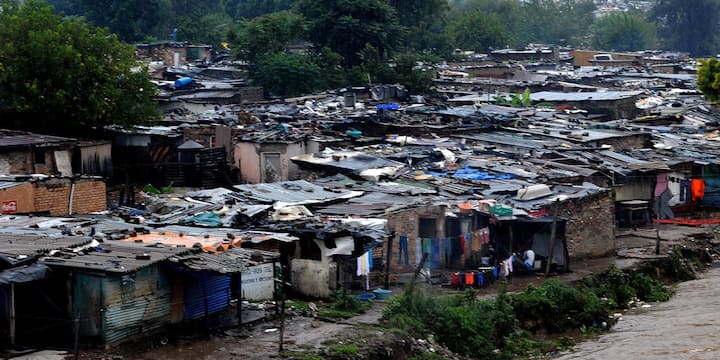
One of the biggest slums in South Africa is the Gauteng province’s Alexandra township. Its infrastructure can only support roughly 70,000 people on a land area of over 800 hectares. The area had 179,624 people living there, according to the 2011 census, however this number has increased due to migration and overcrowding.
The basic infrastructure built in 1912 to support the citizens has become congested due to the population growth that was not anticipated. As a result, the residents deal with issues including limited access to water and sewer systems.
9. Mukuru Kwa Njenga (Kenya) –100,000
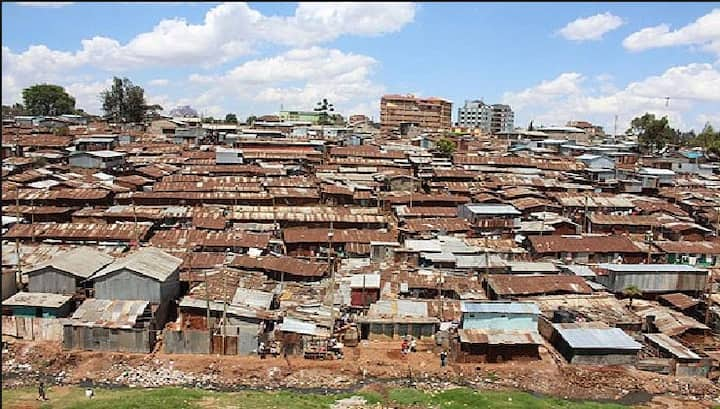
One of the biggest and most impoverished slums in Kenya’s capital, Nairobi, is Mukuru Kwa Njenga. It has more than 100,000 residents. The locals don’t have access to basic amenities like water and housing, therefore they live in substandard conditions.
Even if there are schools and hospitals, there are still too many people—more than 100,000—to be served by them. Additionally, a lot of residents lack tenure security, which leaves them open to eviction.
10. Agbogbloshie (Ghana) – 80,000

The word Agbogbloshie refers to a slum area in South Ghana. It is located in the Korle Lagoon’s commercial center and is a heavily populated region. An estimated 80,000 individuals live in this area, the majority of whom lack access to sanitary facilities and potable water.
People refer to the region as Sodom and Gomorrah because of its substandard living conditions and lack of security. Additionally, Agbogbloshie is a digital garbage dump for the entire world. Due to its notoriety as a dump for electronic waste, numerous documentaries from prestigious media outlets have been produced about it.
Sub-Saharan Africa is home to the largest slums in all of Africa. They make up roughly 62% of the world’s slum dwellers. Many governmental and non-governmental organizations have worked to improve life in Africa’s squalid cities.
However, difficulties persist in raising the quality of life for those residents, particularly in light of the districts’ growing populations, high unemployment rates, and insecurity.
